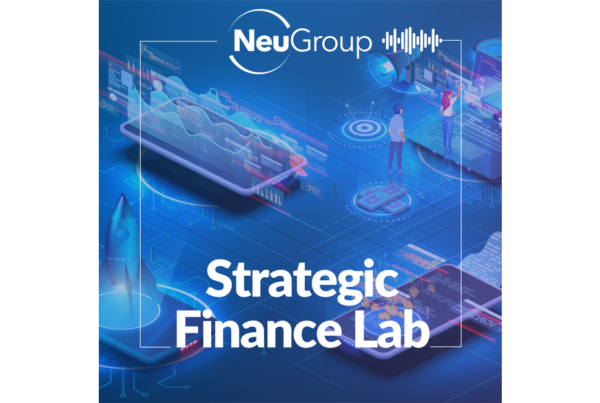
Some NeuGroup members have turned to eOMRs to get the flexibility of OMRs and pricing below VWAP, like ASRs.
Many NeuGroup members across groups at recent meetings agreed they have enough excess liquidity and trust in market stability to restart share repurchases; but there has been a range of views about how much emphasis to place on the price per share a corporate pays for its own stock.
- Where companies fall on the spectrum of answers may determine if they opt for open market repurchases (OMRs) or accelerated share repurchases (ASRs). And then there’s what’s called an enhanced OMR (eOMR).
Vanilla OMRs. A member in a meeting of large-cap companies said, in his experience, “All the Street ever cares is ‘did you buy back $100 million or $500 million or a billion?’ As long as it’s not egregiously over-market, it seems like there’s not much value given to the price paid, just the amount purchased.”
- This member uses a traditional OMR that offers corporates relatively more flexibility than an ASR program, a strategy that allows companies to make opportunistic share repurchases at below-market prices but requires them to commit to the program.
- Another member who also uses OMRs said he communicates with his company’s finance team every three months but has never been asked how he performed against volume weighted average price (VWAP).
- The member added that although treasury typically tries to be as opportunistic as it can, “the primary objective is to get a certain amount done.”
eOMRs: The best of both worlds? Other members shared their success using so-called enhanced open market (eOMR) repurchases, a strategy that uses an algorithm to determine daily purchases, maximizing the discount to VWAP. This approach offers both flexibility and pricing advantages.
- One member who uses eOMRs said he was pitched the strategy by his bank, which “uses a lot of the same trading algorithms and approaches that it uses for an ASR, except the bank doesn’t take the cash up front,” the practice in ASR deals.
- He said the company doesn’t get the shares delivered upfront but that isn’t a high priority anyway.
- The member said that the return to the company is a cut of whatever the trading performance is. “So if they outperform by a buck a share, you might get 75 cents of that and the bank will keep 25 cents, or whatever the mechanism is,” he said.
- “We like using that when we know we’re trying to hit a target for the quarter.”
- As an example, the member said, if his company wanted to do $500 million in repurchases for the quarter and isn’t price sensitive, an eOMR makes sense because the company can capture the volatility while definitely hitting its target.
- Another member said he balances his use of ASRs with eOMRs. “We will take a look at implied volatility, and if volatility is high, an ASR allows us to lock in that volatility at a higher discount. Otherwise, an eOMR gives us some flexibility, still enjoying the opportunity for better than VWAP.”


